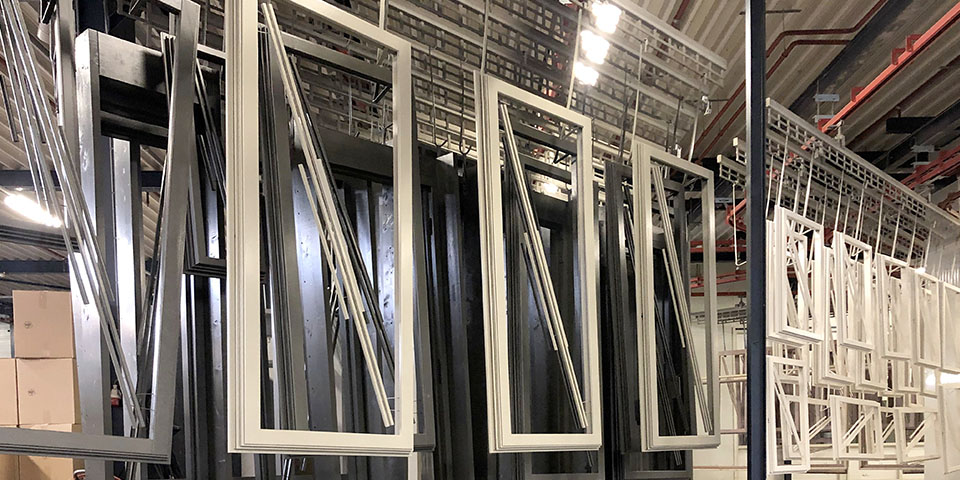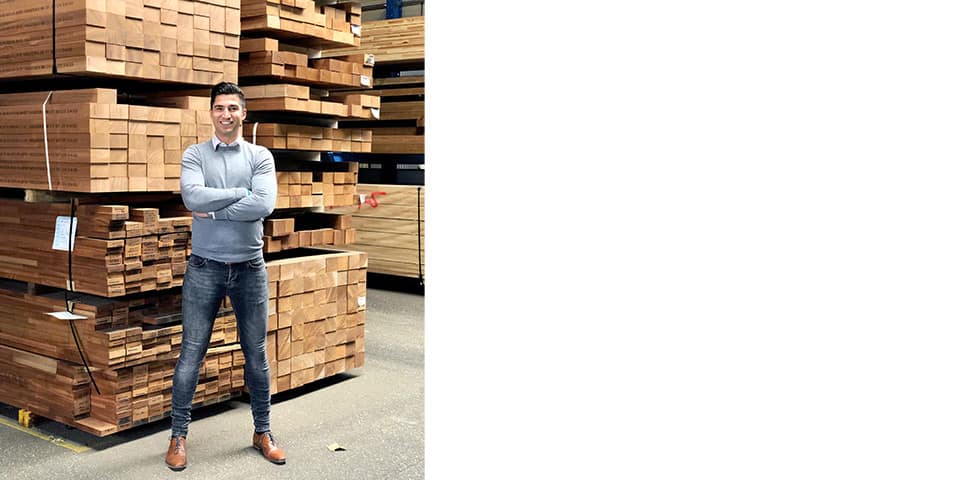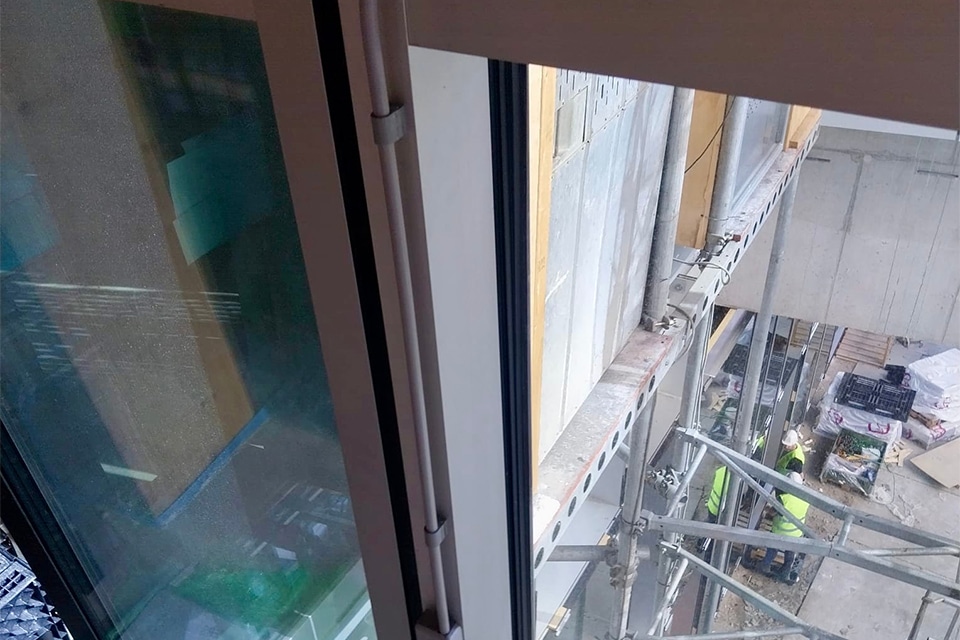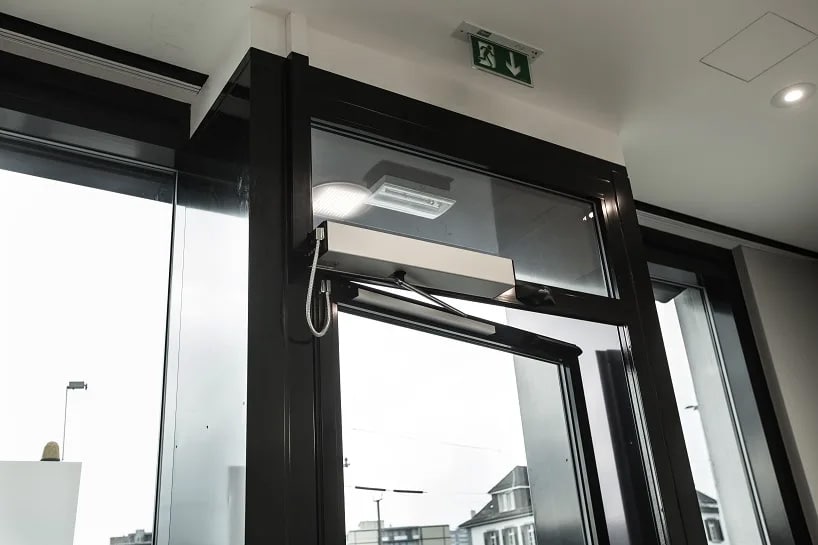
Towards sustainable and circular windows and frames
There is a growing demand in the market for sustainable products and comprehensive, relevant product information. But what exactly is sustainability when it comes to the production, installation, maintenance and renovation of windows and frames? When can you speak of a sustainable product? And what actions are needed to improve sustainability?
Management Trainee and Sustainability Coordinator Wytze van de Vin picked up the sustainability gauntlet of Van de Vin windows and frames a year and a half ago. He started an investigation into the possible sustainability opportunities for Van de Vin and its customers and suppliers, with the aim of maximizing the positive impact on the environment. Without compromising on quality and added value. This led to interesting new insights and objectives.

Management Trainee and Sustainability Coordinator Wytze van de Vin picked up the sustainability gauntlet at Van de Vin windows and frames a year and a half ago.
CIRCULAR RESOURCE
Together with industry, the central government is working hard to achieve a fully circular economy by 2050, which meets needs without unacceptable environmental impact and depletion of natural resources. To achieve this goal, an intermediate target for 50% less use of primary abiotic raw materials (minerals, fossils and metals) has been set for 2030.
“Wood does not fall under this intermediate objective because it is precisely a biotic raw material,” Van de Vin said. “Wood could therefore be the solution for reducing primary abiotic raw materials in residential construction in the future. As a participant of HOUT100%, we sec use wood from sustainably managed forests for the production of our wooden façade elements. For every tree we cut down, a new tree is planted. And this new tree has already fully developed by the time our windows and frames reach the end of their useful life. That already makes wood a circular raw material that fits perfectly into the housing construction of tomorrow.”
REDUCING WASTE STREAMS
In the ambition toward a 100% circular economy, the construction sector has an important role to play. After all, construction is responsible for almost half of all raw material consumption, Van de Vin said.
“Even wooden window frames are often removed from the home at the end of their useful life and disposed of. This is not only a waste, but also unnecessary. Together with the industry, we can take a huge step in reducing the waste mountain. We are currently investigating Van de Vin's role in this. For example, how can we deal even more intelligently with machinery, detailing, energy and water? And how can we make even greater use of renewable, inexhaustible raw materials? For more and more products in our window frames, we carefully examine whether they contain any harmful, environmentally harmful substances. Where necessary, we look for sustainable alternatives. One dream state is to use as few chemical compounds as possible, such as adhesives and sealants. This will make it possible in the future to disassemble our products like a puzzle, after which the glass is returned to the glass supplier and the wood is reprocessed, for the production of new window and frame parts. Thus, our output becomes our new input.‘
In recent years, Van de Vin has developed an assembly system that could potentially be further developed as a circular solution in the future. “Our vinEasyfit mounting system window frame is equipped with a vinEasyfit mounting system especially for the renovation market, which allows window frames to be replaced within one day,” Van de Vin said.
“The new window frames can be easily clicked into the facade, with the great advantage that - in the event of demolition, renovation or transformation - they can also be removed relatively easily and in one piece. As desired, the frames can be reinstalled one-to-one, in a building with the same recess, or efficiently dissected for reuse.”
REGBERATION IN THE TECHNICAL OR ORGANIC CYCLE
Van de Vin's goal is to sustainably reuse or recycle all window and frame products removed from buildings in the future. Not only in the technical cycle (reuse, maintenance, refurbishing, remanufacturing or recycling), but at the end of the life cycle also in the biological cycle (extraction of biochemical raw materials, composting of products, soil restoration of the biosphere or incineration as biomass).
“By thinking about the sustainability of all product elements at the front end, our impact on the environment now and later is kept as low as possible,” van de Vin emphasizes.
“The government's circular agenda is not only a great starting point for this, but also an opportunity to give wood back the position it deserves. After all, wood is a fantastically beautiful and sustainable raw material, with which you can make wonderful products.”




